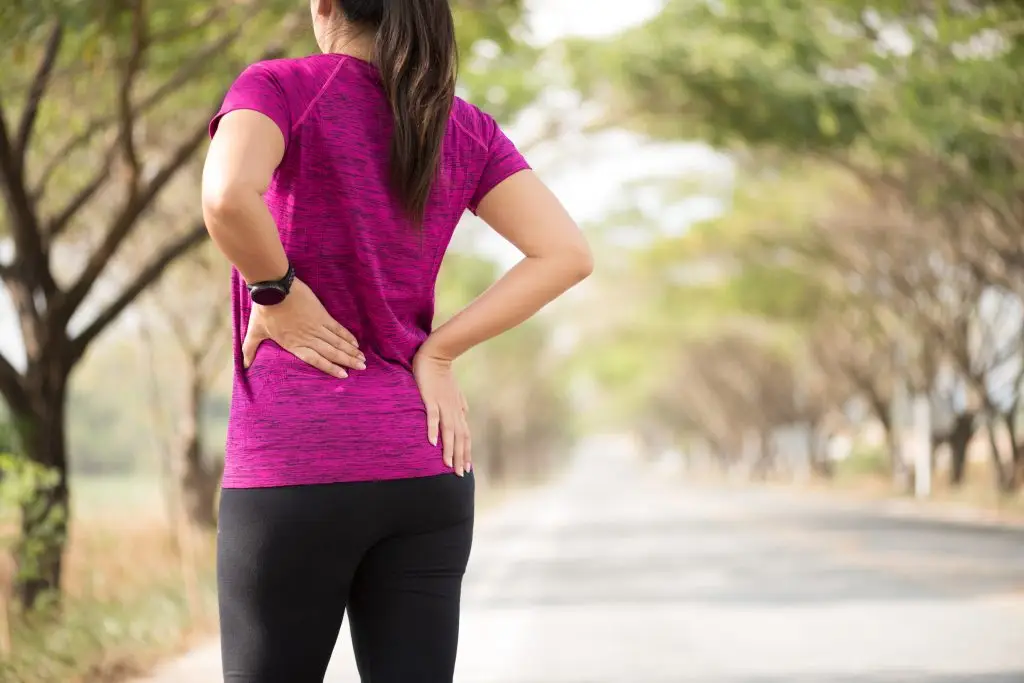Running is a fantastic way to stay fit, strengthen your muscles, and boost cardiovascular health. However, for many runners, hip pain can be an unwelcome side effect that kills the joy of running.
Whether you’re a seasoned marathoner or a casual jogger, hip discomfort can interrupt your routine and impact your performance. The good news is that understanding the causes of hip pain and addressing them with targeted interventions can make a world of difference.
Causes of hip pain
Hip pain after running can have many causes, ranging from muscle strain to repetitive stress injuries. These issues often arise due to overuse, improper form, inadequate strength in supporting muscles, or even poorly fitted shoes. Some cases stem from specific injuries, while others develop over time as a result of repetitive motion.
Understanding the underlying reason for your discomfort is the starting point to getting you feeling better quickly. Below are some of the most common conditions causing hip pain and how they might be treated.
Hip strain
A hip muscle strain can occur when there is too much sudden pressure or tension placed on the muscles or tendons around the hip joint. Symptoms of a hip strain include:
- Pain and tenderness in the muscles surrounding the hip
- Swelling or bruising
- Weakness in the affected leg or reduced range of motion
Rest is essential for a strained hip. Avoid running or activities that aggravate the pain and seek physical therapy if the pain does not get better with rest, ice, and lowered activity levels.
Bursitis
Hip bursitis, or greater trochanteric bursitis, is an inflammation of the fluid-filled sacs (bursae) that cushion the hip joint. Symptoms include:
- Aching pain on the outer part of the hip
- Tenderness when pressing on the hip
- Pain that worsens the more you run or walk
Managing bursitis typically begins with rest, ice application, and avoiding activities that worsen the pain. Anti-inflammatory medications can help reduce inflammation. Physical therapy for bursitis focuses on correcting running mechanics and strengthening surrounding muscles to alleviate pressure on the bursae.
Arthritis
Hip arthritis, caused by wear and tear of the cartilage in the joint, may also contribute to pain after running. Individuals with hip arthritis may experience:
- Morning stiffness that improves with movement
- A deep, aching sensation in the groin or thigh
- Limited range of motion
- Grinding sensation in the hip
While arthritis is a chronic condition, lifestyle changes and therapies can help you manage symptoms effectively. Staying active with low-impact exercises, strengthening supporting muscles, and stretching can relieve stiffness.
Tendonitis
Tendonitis occurs when the tendons in your hips become inflamed due to overuse or repetitive strain. Common symptoms include:
- Sharp or aching pain near the hip joint
- Pain that intensifies with movement
- Swelling and tenderness at the site of the tendon
Early treatment includes rest, icing the area, and avoiding activities that stress the tendons. Strengthening and stretching exercises prescribed during physical therapy can aid recovery and prevent further flare-ups.
How to treat hip pain after running
If hip pain persists even with stopping your running routine and doing at-home care, physical therapy is often the most effective course of action, at least to start. A physical therapist can assess your movement patterns, identify the root cause of the pain, and create a customized yet conservative treatment plan. This may include:
- Strengthening exercises to target weak or underactive muscles supporting the hips
- Stretching routines to improve flexibility and reduce strain on the hip joint
- Gait analysis to improve running form, ensuring correct alignment and reducing stress on the hips
- Pain management techniques, including manual therapy and modalities like heat or ice therapy
Preventing hip pain with physical therapy
One of the most valuable parts of physical therapy is its focus on holistic habits to prevent injuries or conditions from getting worse or occurring again in the future. Preventative care that might be part of your long-term treatment plan for hip pain after running might include:
- Dynamic warm-ups before running, like leg swings and lunges, to prep the hip joints
- Exercises to strengthen the glutes, core, and stabilizing muscles that support the hips
- Flexibility-focused stretches for the hips, including hip flexor and IT band stretches
- Guidance on footwear selection and custom orthotics if necessary
- Regular gait analysis to ensure proper running mechanics
When addressed proactively, these strategies can significantly reduce the risk of recurring injuries and help you stay active for years to come.
Personalized running advice at Franklin Rehab
There’s no need to endure constant or debilitating hip pain on your own. At Franklin Rehab, we specialize in helping runners overcome injuries and prevent them from happening again. Our experienced physical therapists tailor treatment plans to your unique needs, empowering you to get back to doing what you love with less pain.
Get started on the path back to your normal routine by calling our Franklin clinic or by requesting an appointment online today.
